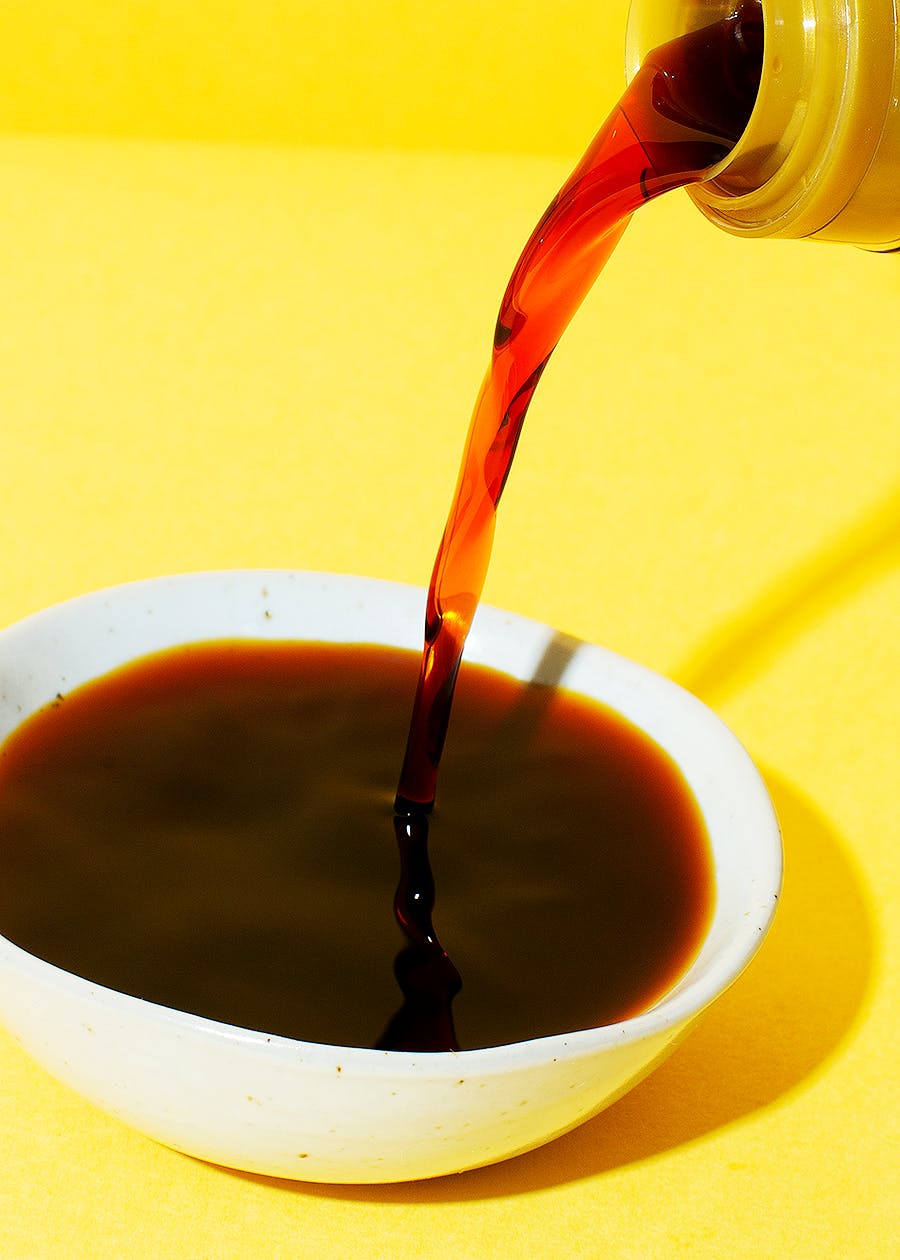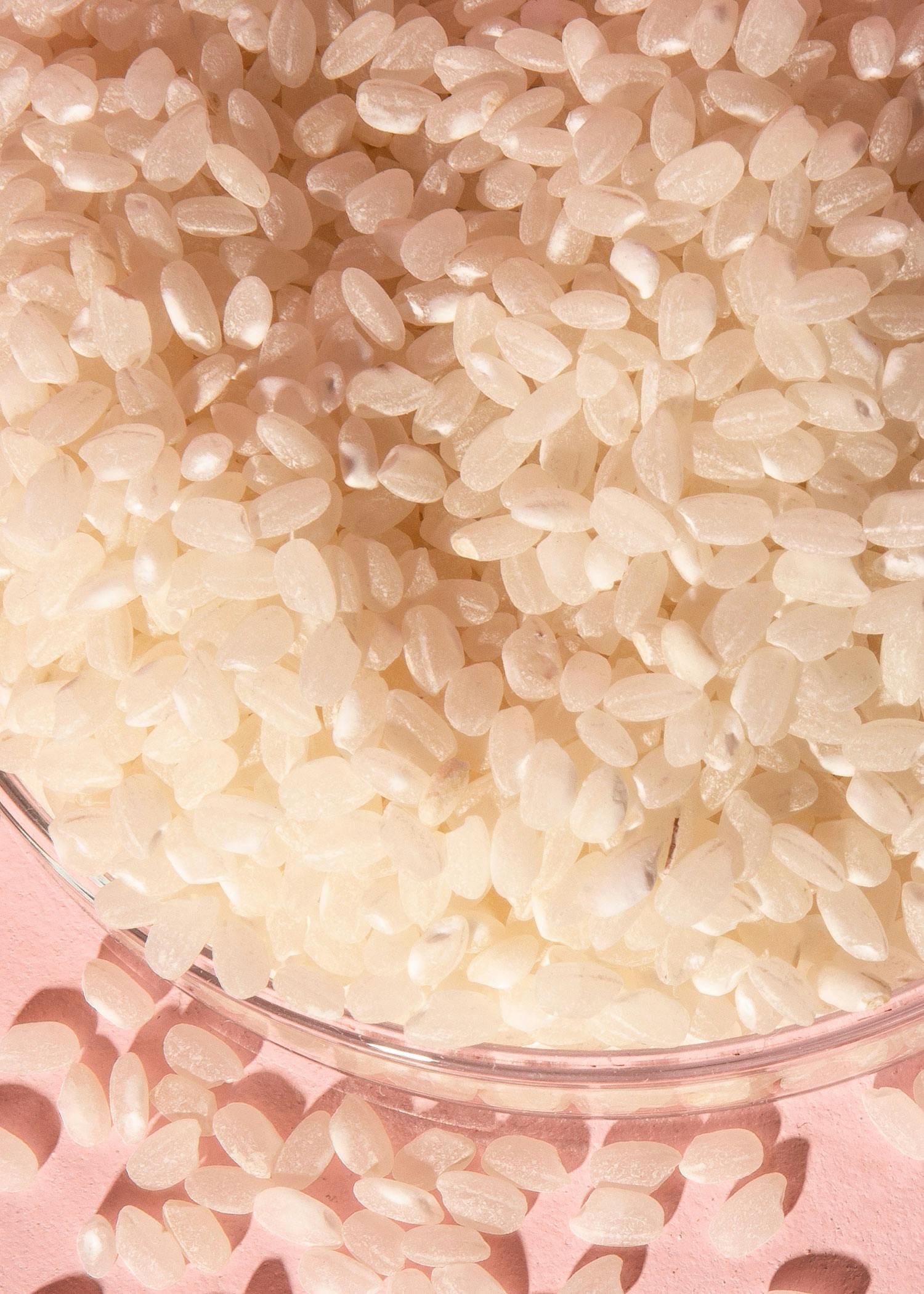Sushi: What is it?
Delicious - that's obvious! But for those who want to know more precisely: Sushi is a Japanese dish made of cooled, soured rice, with seaweed leaves (nori), fish or seafood and fresh vegetables. Although the variety of sushi types seems endless, they can be divided into two basic forms: Maki and Nigiri. While in Maki rice, as well as fish and vegetables are rolled in nori sheets, in Nigiri the fish lies loosely on the rice. Cut into bite-sized pieces and served with soy sauce, wasabi and pickled ginger (gari), the Japanese delicacy is not only a real treat, but also a real eye-catcher.
The word sushi is derived from the Japanese adjective "sui", which means "sour", "sourish" and refers to the edible taste of sushi rice. Sour and fishy - doesn't that hit your favorite taste buds? We admit, we also tend to have a sweet tooth. But when it comes to sushi, we make an exception! The unique combination of slightly sticky rice, sweet nori leaves and fresh fish just does it for us. Fish and seafood don't fit into your diet plan? Don't worry, because even fans of vegetarian and vegan cuisine won't go empty-handed here. Quickly replace the fishy component with tofu, egg or vegetables and you're off to sushi heaven. Try it for yourself and soon you won't be able to get enough of these little delicacies.
From the preservation method to the Inside Out California Roll
Sushi, in the form we know it, was born in Tokyo. However, the roots of the popular rice rolls go back to Southeast Asia. Here, rolling fish in rice was used for preservation when household appliances like refrigerators and freezers were still pipe dreams. Sealed in a jar, the fish thus had a longer shelf life, while the rice became sour and thus inedible over time. A popular preservation method, the rice-fish combination migrated through Southeast Asia and eventually landed in Japan. Over the decades, however, the aspect of shelf life became less and less important. The fish was pickled for a shorter time and the rice became edible again. Nevertheless, in order to boost the fermentation process, the rice was pressed, which preserved the sour taste. Nowadays, rice vinegar is added to sushi rice to preserve the original sour taste. The fermentation process is no longer necessary. With Japanese emigrants, the delicacy traveled around the world and quickly became a sought-after specialty in the U.S., Canada and Europe. New types of sushi, such as the "Inside out California Roll" conquered the western countries and convinced even the last critics of this delicious dish.





